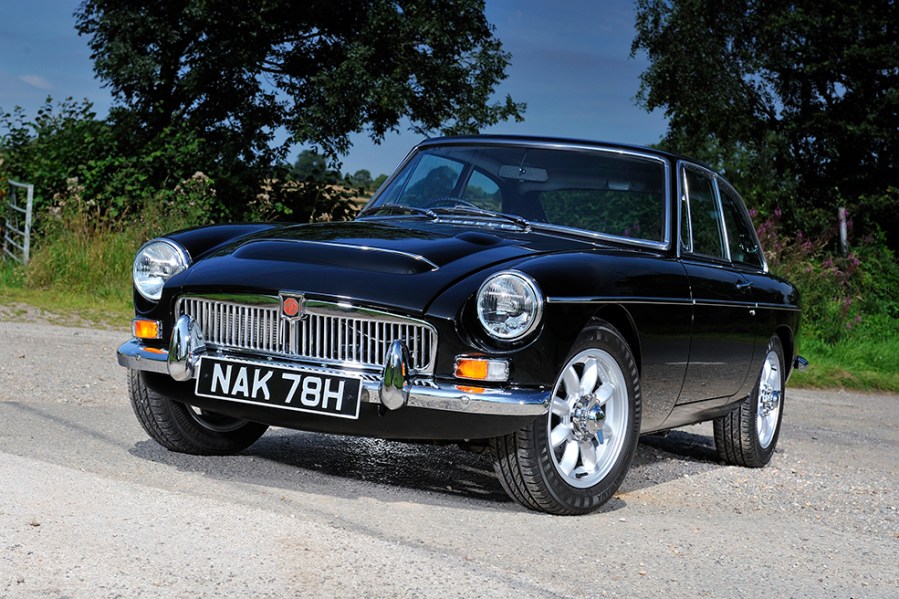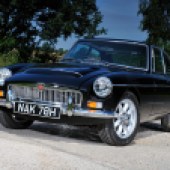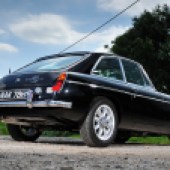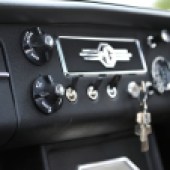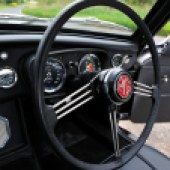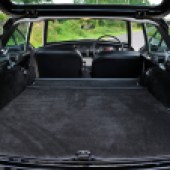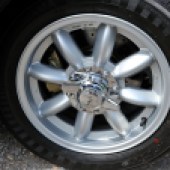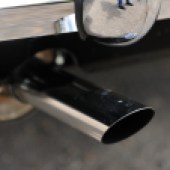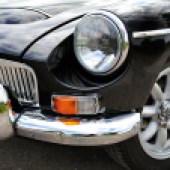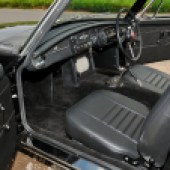The MGC was commercial failure when new, but a good example is much nicer to drive than initial road tests suggested. Here’s what to look for
Sponsored editorial in association with Lancaster Insurance
When the MGC made its debut at the 1967 Earls Court Motor Show, expectations were sky-high for what was, at the time, regarded as the most powerful road-going MG ever built. Sadly for MG and its parent company, British Motor Holdings (BMH), the excitement surrounding this muscular new sports car began to unravel even before the first examples reached dealer showrooms.
The trouble stemmed from a string of early road tests in which journalists complained of aching arms and sore shoulders, blaming the MGC’s notably heavy steering. Many were also underwhelmed by the performance of its twin-SU-fed 2912cc straight-six, expecting more punch from such an engine.
Matters weren’t helped by initial reports that the ‘C suffered from pronounced understeer – an accusation later proven false. The real culprit was a basic error: the BMC team preparing the press cars had left the front tyres significantly underinflated.
Further damage to the C-Series-powered MGC’s image came when BMH’s marketing department ambitiously suggested it was a spiritual successor to the recently discontinued Austin-Healey 3000. In reality, the MGC Roadster and fixed-head GT shared near-identical profiles and interior layouts with their four-cylinder MGB stablemates – a fact that did little to capture buyers’ imaginations.
In total, just 9,000 MGCs were sold – split almost evenly between Roadsters and GTs – before production ceased in 1969. Yet with the passing years, the MGC has earned renewed respect. As with many BMH and BL products of the era, it’s been the enthusiast community that has unlocked the car’s latent potential. Even during production, tuning houses such as Downton offered upgrade kits capable of coaxing over 200bhp from the C-Series, transforming the car from a relaxed cruiser into a genuine, hard-edged sports machine.
Since then, owners have experimented with tyre brands and pressures, while also refining suspension and steering setups. These improvements have gone a long way towards delivering the kind of handling finesse expected of any MG proudly wearing the marque’s famous octagonal badge.
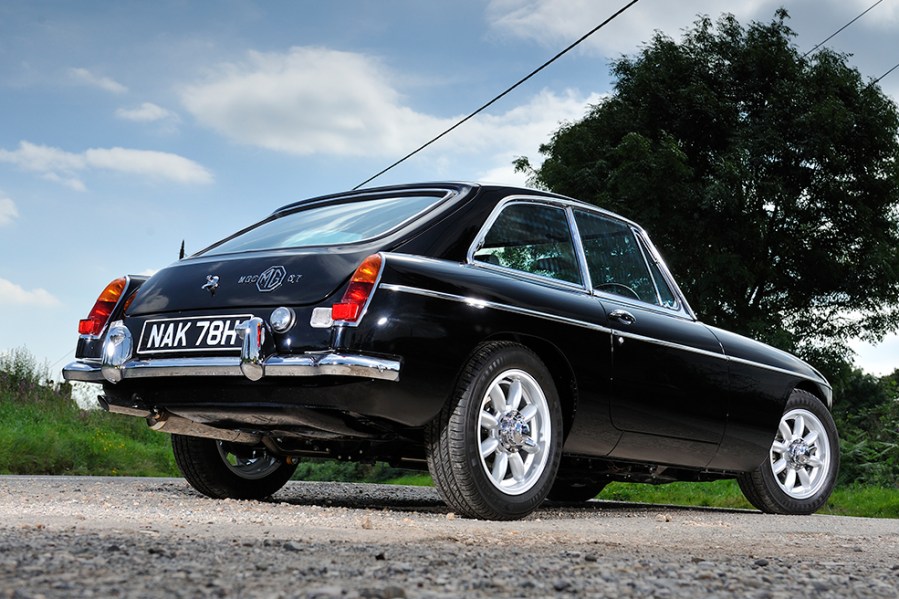
MGC values
If you’re in the market for an MGC, values reflect the model’s cult following and relative rarity. Restoration projects start around £6000-£9000 – often incomplete and needing major bodywork, particularly around sills, wings and floors. Usable, MoT’d cars in tidy but not perfect order usually sit between £12,000-£18,000, offering a sound basis for regular use or light improvement.
Top-quality examples – either genuine low-mileage survivors or fully restored cars – command £25,000-£32,000, with exceptional Roadsters and GTs from noted restorers sometimes exceeding £35,000. Colour and originality can influence price, but both body styles are now steadily climbing in value.
Insurance Costs
1968 MGC Roadster, £20,000 value.
Example quote: £109.97 or £127.97 with Agreed Value.Quotation supplied by Lancaster Insurance. Tel: 01480 400761
Bodywork
The good news is that the majority of the MGC’s visible body panels – apart from its lightweight alloy bonnet – are shared with the MGB.
Sadly, the similarity ends there. From the front floorpans forward, the entire substructure is unique to the C. This was necessary to accommodate the car’s longer, heavier engine and the torsion-bar front suspension. The torsion bars are anchored to a pair of triangular box sections welded to the floorpans, and unlike the B, repair panels such as inner wings and footwells are not available as direct replacements. Any restoration work here will require bespoke fabricated sections to remedy corrosion. As such, the area beneath the floor where the torsion-bar mountings sit deserves close scrutiny; road grime thrown up by the front wheels tends to collect here, leading to rot.
Attention should also be paid to the sills. These are made up of four separate components: an inner and outer sill enclosing an internal membrane, all capped with a full-length ‘castle’ rail running beneath. On the MGC, the sills extend deep into the front and rear wings, providing a perfect hiding place for serious corrosion.
When examining the underside of the front wings, check that the vertical steel splash panels and rubber seals behind the front wheels are still fitted. If missing, dirt and moisture will have gained access to the ends of the sills, the inner wings and the outer edges of the front bulkhead.
Underneath the car, key inspection points include the battery cages for the twin six-volt units, the condition of the floorpans and chassis legs – particularly around the rear spring hangers – the boot floor, and the upper surface of the fuel tank, which can rust through from the top.
Other well-known rust traps include the front wings around the headlamps, the lower front and rear valances hidden behind the bumpers, the beaded seams along the tops of the rear wings, and the joints where the front wings meet the windscreen scuttle. GT models can also suffer from rotted windscreen surrounds and tailgates, particularly along the base and around the rubber glazing seal.

Engine and transmission
It may be heavy and slow to rev, but the C-Series engine is a robust and long-lived unit with no inherent weaknesses. For the MGC, the design was revised to save weight and upgraded from five to seven main bearings. The first thing to inspect is the coolant’s condition, as the radiator is slightly undersized thanks to its location.
Make sure the coolant appears clean and fresh, with no mayonnaise-like sludge lurking in the header tank. Regular flushing helps maintain good circulation, and many examples will have been upgraded with an electric fan to aid cooling. While under the bonnet, check for any oil or water leaks, and take it as a welcome bonus if the car sports a triple SU carburettor set-up – often a sign the head may have been ported and a different camshaft fitted to release extra performance.
The MGC also features a stronger Salisbury rear axle and a more robust manual gearbox than the MGB, although the latter is frequently criticised for its notchy, awkward change. Overdrive was an optional extra and some cars have acquired it later in life, sometimes while retaining the standard 3.3:1 final drive ratio (3.7:1 for factory overdrive cars).
This is no bad thing, as a retrofitted overdrive with a 3.3:1 diff makes for a long-legged cruiser. A three-speed automatic was also available, and provided the transmission fluid is clean, these units are generally near-indestructible.
The best way to assess the drivetrain is out on the open road. Any whining, rumbling or other odd noises point to worn bearings or tired synchromesh. A slipping clutch on pull-away or a tendency to jump out of gear on the overrun will also be immediately obvious.
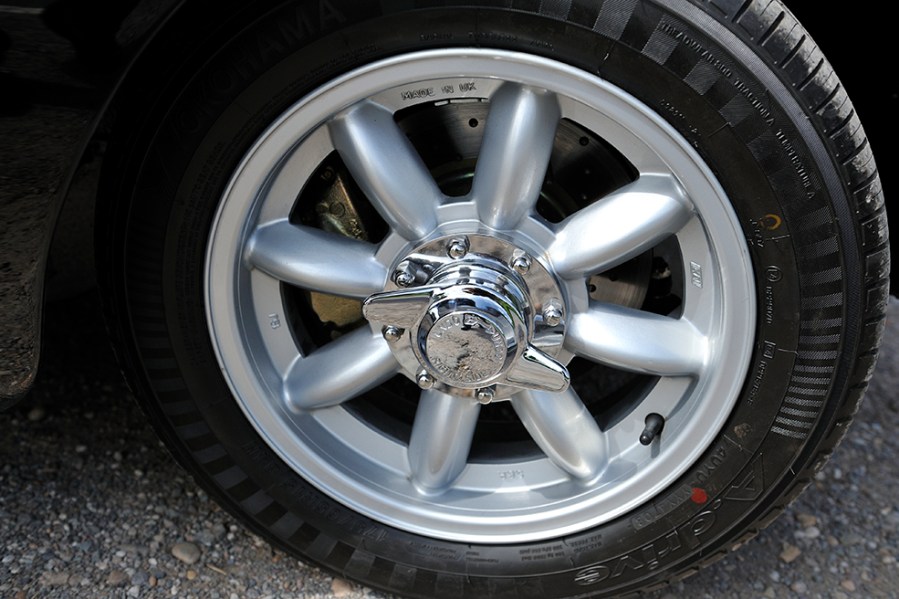
Steering, suspension and brakes
The MGC’s front suspension consists of long fore-and-aft torsion bars, with a pair of kingpins located between upper and lower control arms, kept in check by telescopic dampers. Ensure the kingpins have been regularly greased and examine the condition of all rubber bushes.
Being nose-heavy, the C places considerable strain on its steering and suspension. Any play in joints or worn bushes will quickly show itself through soggy handling. Steering is via rack and pinion, and an aftermarket electric power steering conversion can be a welcome upgrade. Some examples may also have an uprated anti-roll bar to sharpen cornering.
At the rear, the set-up is the period-standard leaf springs with lever-arm dampers. Check the springs for rust between the leaves and the dampers for signs of leakage – both will give a good indication of the suspension’s overall health.
Tyres are crucial to getting the best from the MGC’s handling; 185-section rubber is preferable to the original 165s, and they must be inflated to the correct pressures. The MGC also rides on larger five-stud steel wheels compared with the MGB. Many cars on the market today wear chrome wire wheels, which should be inspected for loose or damaged spokes.
Braking follows a similar front-disc/rear-drum arrangement to the MGB, but the MGC uses a larger Girling system in place of the B’s Lockheed set-up. Re-imported US cars may retain their twin servos – one per side for the dual-circuit brakes – whereas UK-spec cars were supplied with a single servo. Brake checks should include worn discs, leaking callipers or wheel cylinders, corroded fixed lines, and perished flexible hoses.

Interior and trim
Don’t overlook a structurally sound MGC simply because the interior looks tired – every piece of hard and soft trim is still available for these cars. If your budget allows, you can even opt for a custom-built full leather interior in a wide range of styles and colours. What you choose will largely depend on the depth of your wallet.
When inspecting a GT, check that the headlining is in good order, and if the car has a folding fabric sunroof, ensure it’s free from rips and remains watertight. Locating specialists with the expertise to refurbish a worn Webasto roof at sensible money is increasingly tricky, and replacing a stained or damaged GT headlining can be a real headache.
Inside, confirm that all the switchgear and instruments operate as they should. The MGC isn’t bristling with driver aids, but if it’s equipped with overdrive, this desirable extra should engage smoothly in both third and fourth gears.
Most overdrive problems stem from electrical faults or a failed solenoid, both generally straightforward to fix. Interestingly, the only real interior differences between the MGC and the ‘B are the steering wheel and the speedometer – the MGC’s reads up to 140mph, while the ‘B’s tops out at 120mph. In all other respects, they’re virtually identical.
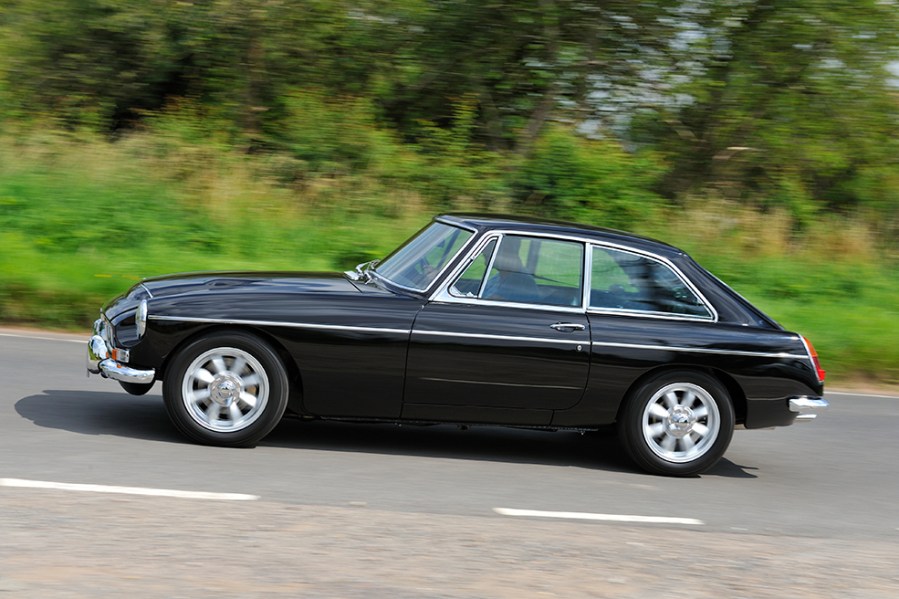
MGC: our verdict
A well-prepared example of the MGC offers a comfortable ride, which, paired with a smooth-delivering straight-six engine, provides superb grand touring cruising ability. More than fifty years after its debut, enthusiasts who appreciate the MGC now praise it as an outstanding long-distance, continent-crossing machine. If you prefer your sports car with a touch of muscle, the MGC is a dependable yet somewhat unconventional option.
With prices for top-condition MGC Roadsters now exceeding £30,000, the model’s troubled beginnings are largely forgotten, and these stylish sports cars present an appealing alternative to the four-cylinder MGB.

